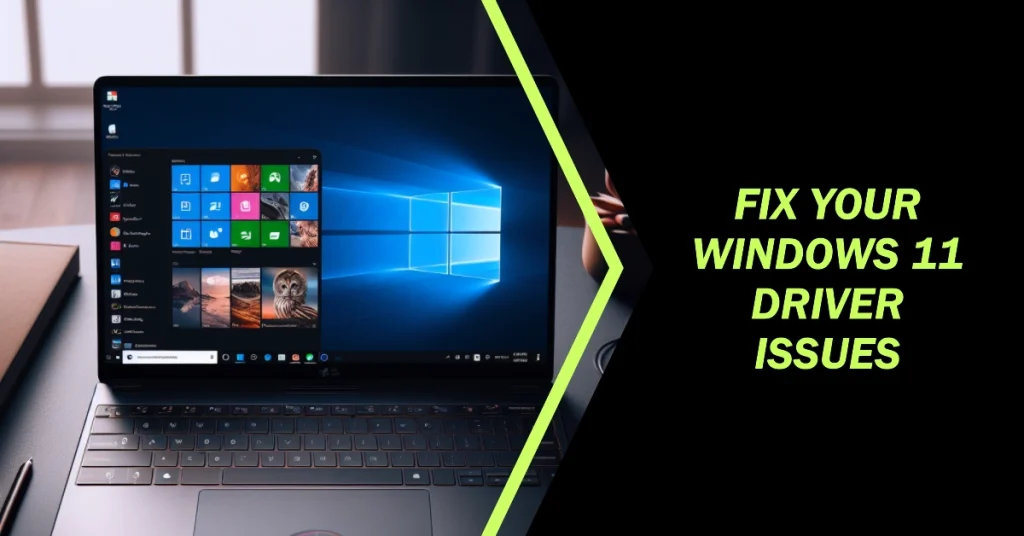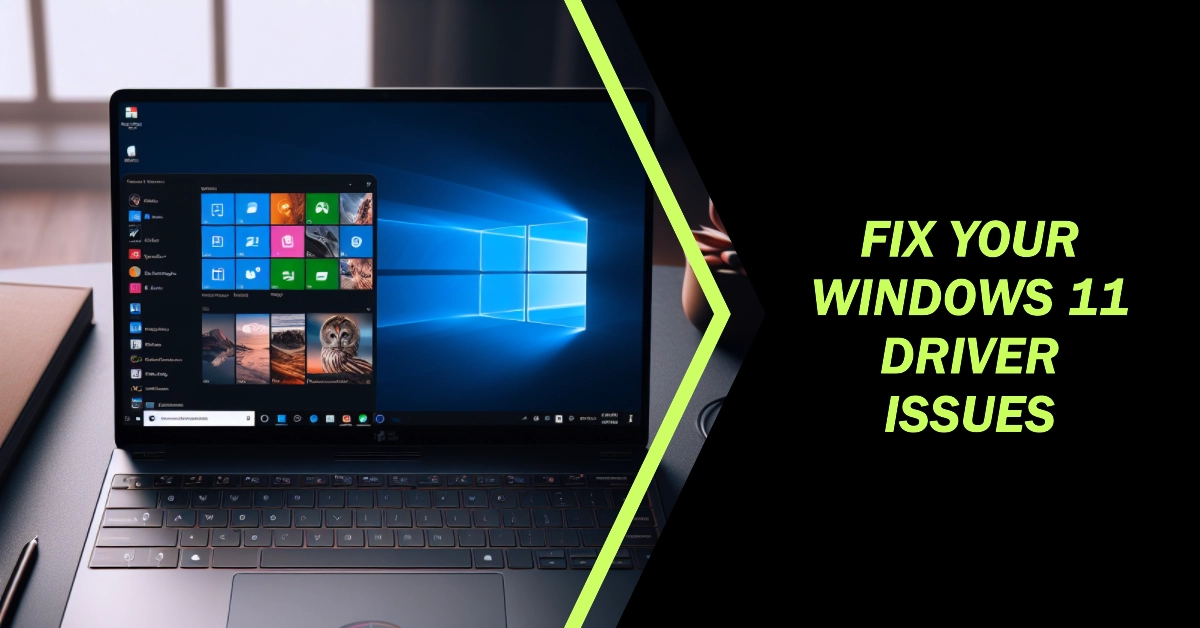Keeping your drivers updated is crucial for optimal performance and stability on your computer. However, some users have reported encountering issues when trying to update drivers on Windows 11. This can be frustrating, especially if the driver update is necessary to address performance or compatibility issues.
In this comprehensive guide, we’ll explore the various reasons why you might be unable to update drivers on Windows 11 and provide you with effective solutions to get your drivers back on track.

We’ll cover troubleshooting steps for both automatic and manual driver updates, ensuring you have all the necessary information to fix the problem.
Identifying the Problem: Why Can’t You Update Drivers?
Several factors can contribute to driver update issues on Windows 11. Here are some common culprits:
- Windows Update Issues: Sometimes, glitches or corrupted files within Windows Update itself can prevent drivers from being downloaded and installed correctly.
- Incorrect Driver Selection: You might be selecting the wrong driver for your specific hardware, leading to compatibility issues during installation.
- Corrupted Driver Files: Existing driver files on your system could be corrupted, interfering with the update process.
- Third-Party Driver Management Software: Conflicting software like driver update utilities can sometimes clash with Windows Update, causing problems.
Troubleshooting the Issue: Fixing Driver Update Failure
Now that you have a better understanding of the potential causes, let’s delve into the solutions:
Option 1: Run the Windows Update Troubleshooter
Windows includes a built-in troubleshooter specifically designed to resolve Windows Update issues. This tool can often identify and fix problems preventing driver updates. Here’s how to run it:
- Open the Start Menu and search for “troubleshoot settings”.
- Click on “Additional troubleshooters”.
- Select “Windows Update” and click on “Run the troubleshooter”.
- Follow the on-screen instructions provided by the troubleshooter.
- Once complete, restart your computer and try updating the driver again.
Option 2: Update Drivers Manually
If the troubleshooter doesn’t resolve the issue, you can try updating the driver manually. Here’s how:
- Open the Start Menu and search for “device manager”.
- Expand the category containing the device you want to update drivers for.
- Right-click on the specific device and select “Update driver”.
- Choose “Search automatically for updated driver software”.
- Windows will search online for available updates. If found, they will be downloaded and installed automatically.
- If Windows doesn’t find any updates, you can try downloading the driver directly from the manufacturer’s website.
- Once downloaded, follow the manufacturer’s instructions to install the driver.
Option 3: Reset the Device Driver
Resetting the device driver can sometimes fix issues caused by corrupted files or incorrect configurations. Here’s how:
- Open Device Manager as described above.
- Right-click on the device and select “Uninstall device”.
- Check the box next to “Delete the driver software for this device” and click “Uninstall”.
- Restart your computer.
- Windows will automatically reinstall the driver and hopefully resolve the update issue.
Option 4: Disable Third-Party Driver Management Software
If you’re using any third-party driver management software like AppBlock, Deep Freeze, and Widnows Sandbox, try disabling it temporarily.
Sometimes, these programs can conflict with Windows Update and prevent driver updates.
Option 5: Check for System File Corruption
System file corruption can also lead to driver update problems. You can use the System File Checker (SFC) and DISM tools to scan for and fix corrupted files. Here’s how:
- Open Command Prompt as administrator.
- Type the following command and press Enter:
sfc /scannow - Wait for the scan to complete. If corrupted files are found, they will be automatically repaired.
- If the SFC scan didn’t find any problems, type the following command and press Enter:
DISM /Online /Cleanup-Image /RestoreHealth - This command will scan for and fix more serious system file corruption.
Option 6: Contact Microsoft Support
If you’ve tried all of the above solutions and are still unable to update drivers, you can contact Microsoft Support for further assistance.
Additional Tips
- Always download drivers from trusted sources, such as the device manufacturer’s website.
- Create a system restore point before making any major changes to your system, including driver updates.
- Back up your important data regularly in case of any unexpected issues.
Updating drivers is essential for maintaining a healthy and functioning Windows 11 system. By understanding the possible causes of driver update problems and implementing the solutions outlined in this article, you can overcome these challenges and ensure your system runs smoothly with optimal performance.
